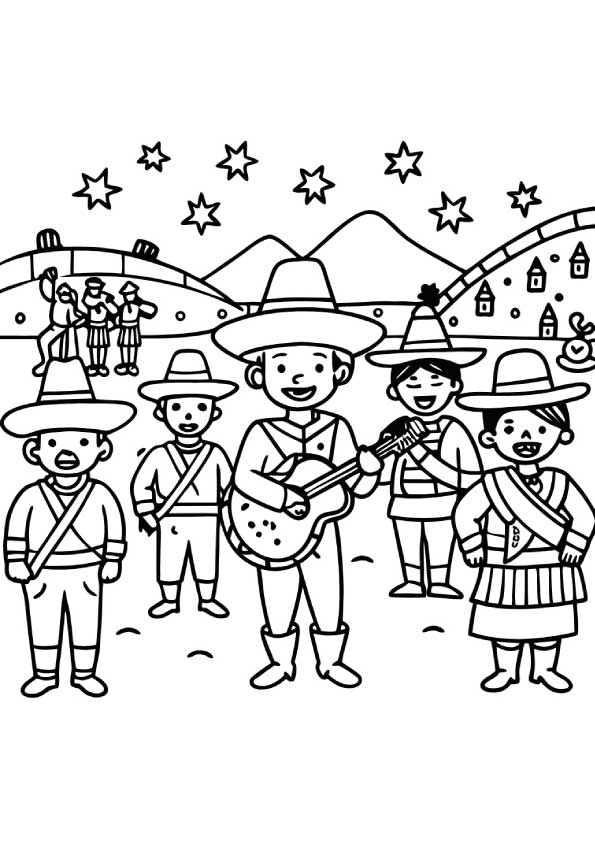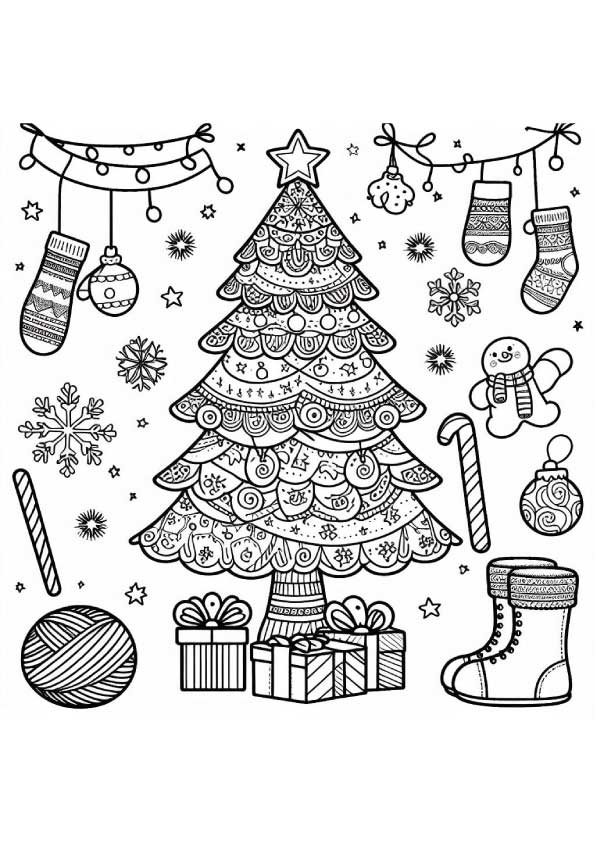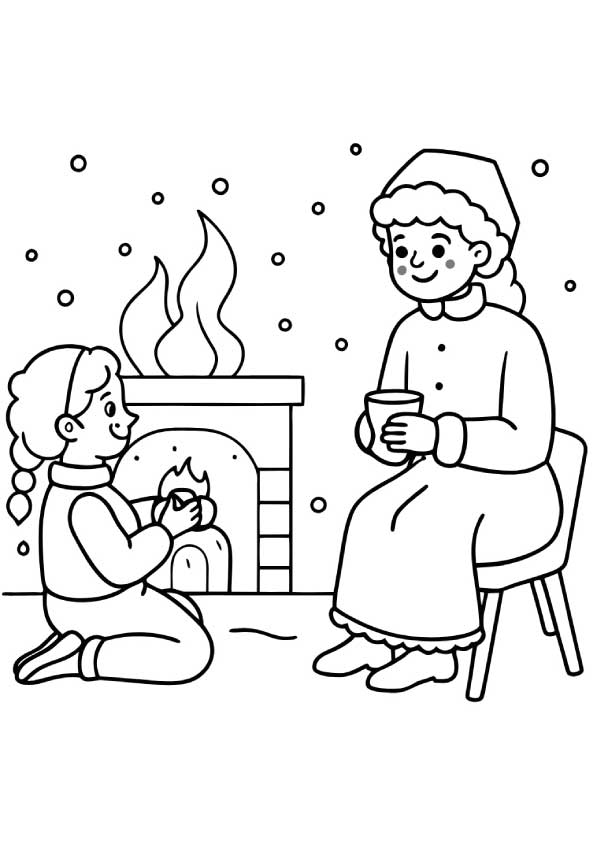Table of contents
Coloring book pages for kindergarten offer far more than a fun pastime—they open a door to creativity, early learning, and hands-on skill development. When thoughtfully designed, these activities help children strengthen coordination, identify shapes and colors, and build confidence as they bring simple illustrations to life. In this guide, we explore how coloring book pages support foundational learning and why they are an essential resource for teachers, parents, and caregivers looking to enrich early childhood education.
Coloring Book Pages for Skill-Building in Early Childhood
Kindergarten is a time when children begin forming essential motor skills, and coloring book pages play a direct role in supporting that growth. As children grip crayons or markers, they strengthen hand muscles, refine control, and prepare for future handwriting tasks. These structured illustrations, especially those with bold outlines, provide clear boundaries that help young learners practice accuracy and build patience. The repetitive act of coloring not only enhances fine motor coordination but also encourages routine, focus, and a greater sense of accomplishment.

Coloring Book Pages for Supporting Cognitive Development
Cognitive development in kindergarten often begins with recognizing shapes, patterns, and visual cues. High-quality coloring book pages introduce children to thematic scenes—animals, numbers, letters, and nature—that nurture memory and early reasoning skills. As children select colors and make decisions about how to fill the page, they engage in basic problem-solving processes. This strengthens neural connections and helps them understand cause and effect, encouraging independent thinking even at an early age.

Coloring Book Pages that Encourage Creativity and Self-Expression
While structured activities are valuable, open-ended coloring book pages allow kindergartners to explore their personal creativity. Children learn to express individuality through color choice, unique patterns, and imaginative combinations. These choices offer a window into a child’s personality, preferences, and developing artistic identity. When guided thoughtfully, coloring becomes a tool for emotional expression, providing children with a healthy outlet to communicate feelings they may not yet know how to verbalize.

Coloring Book Pages That Promote Early Vocabulary and Language Skills
Coloring activities serve as a natural conversation starter, creating unique opportunities for vocabulary growth. As adults describe images—such as “tree,” “butterfly,” or “triangle”—children learn new words connected to what they see on their coloring book pages. This visual-context learning improves retention and comprehension. Additionally, structured prompts like “Can you color the biggest animal?” or “Which object should be red?” support early listening skills and reinforce the relationship between language and action.
Free Coloring Worksheets for Kindergarten PDF – Fun Learning Pages for Kids!

Coloring Book Pages for Strengthening Social and Classroom Engagement
Well-chosen coloring book pages can transform the kindergarten classroom into a collaborative and engaging environment. Group coloring activities encourage children to share materials, exchange ideas, and participate in guided tasks. These interactions teach cooperation, patience, and respect for others’ work. When children proudly display their finished creations, they build confidence and learn to celebrate both their achievements and those of their classmates.

🚀 Here are 26 ready-to-print coloring pages to help your child explore their creativity! 🚀